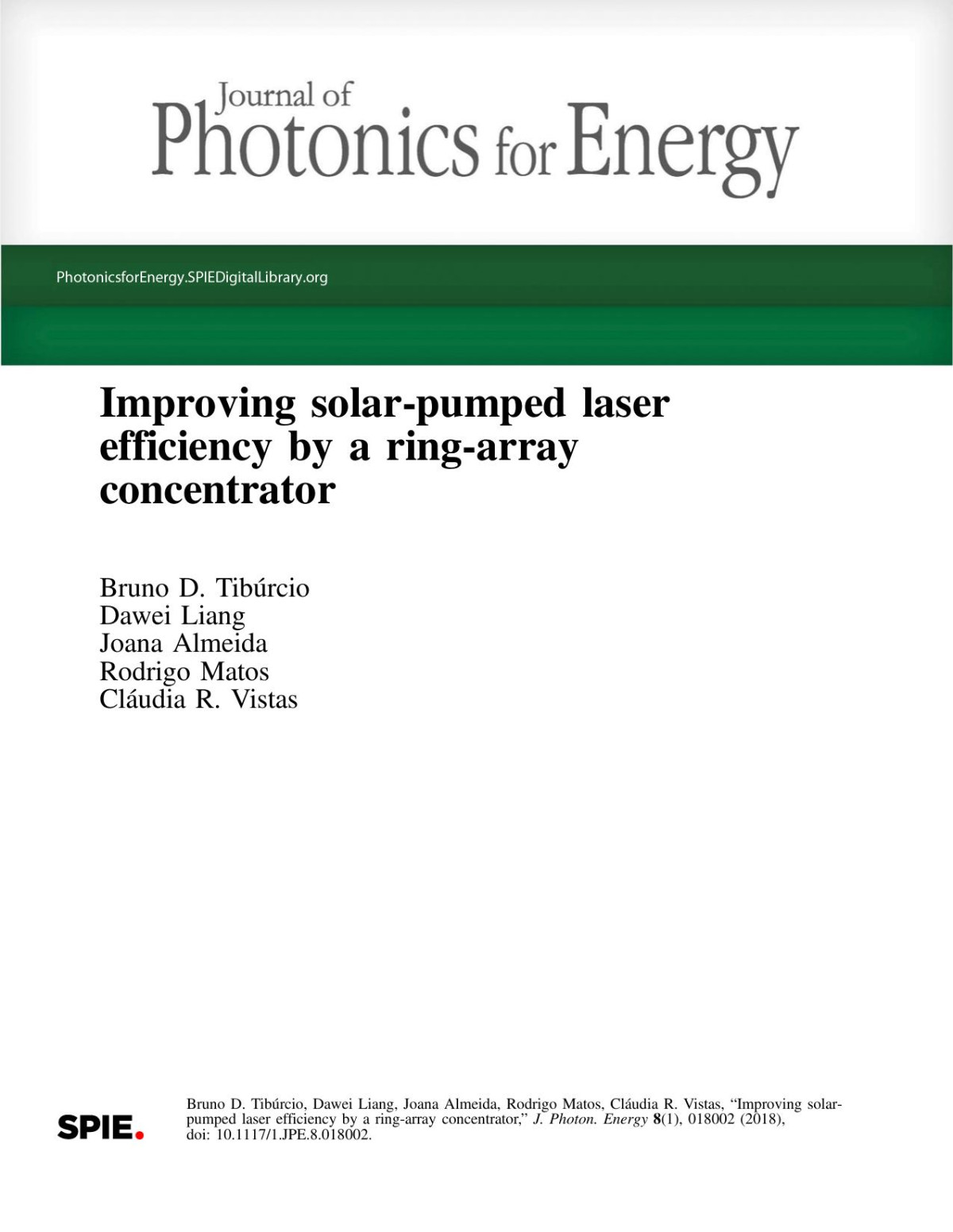

Most ebook files are in PDF format, so you can easily read them using various software such as Foxit Reader or directly on the Google Chrome browser.
Some ebook files are released by publishers in other formats such as .awz, .mobi, .epub, .fb2, etc. You may need to install specific software to read these formats on mobile/PC, such as Calibre.
Please read the tutorial at this link: https://ebookbell.com/faq
We offer FREE conversion to the popular formats you request; however, this may take some time. Therefore, right after payment, please email us, and we will try to provide the service as quickly as possible.
For some exceptional file formats or broken links (if any), please refrain from opening any disputes. Instead, email us first, and we will try to assist within a maximum of 6 hours.
EbookBell Team

4.1
80 reviewsWe report here a compact pumping scheme for achieving large improvement in collection and conversion efficiency of a Nd:YAG solar-pumped laser by an innovative ring-array solar concentrator. An aspheric fused silica lens was used to further concentrate the solar radiation from the focal region of the 1.5-m-diameter ring-array concentrator to a 5.0-mm-diameter, 20-mm-length Nd:YAG single-crystal rod within a conical-shaped pump cavity, enabling multipass pumping to the laser rod. 67.3-W continuous-wave solar laser power was numerically calculated, corresponding to 38.2-W / m2 solar laser collection efficiency, being 1.22 and 1.27 times more than the state-of-the-art records by both heliostat-parabolic mirror and Fresnel lens solar laser systems, respectively. 4.0% conversion efficiency and 0.021-W brightness figure of merit were also numerically obtained, corresponding to 1.25 and 1.62 times enhancement over the previous records, respectively. The influence of tracking error on solar laser output power was also analyzed.